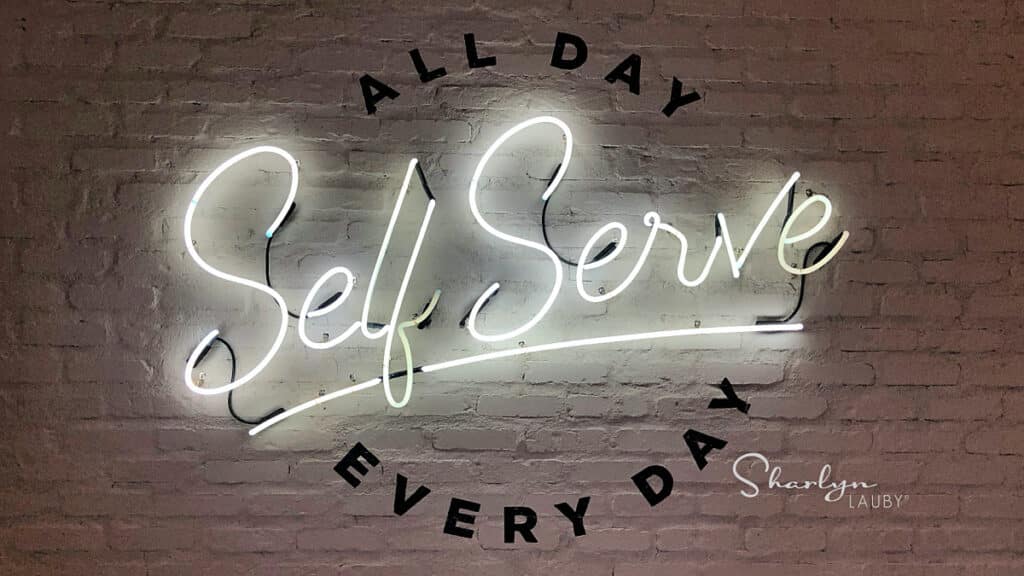How to Develop a Plan for Self Directed Learning

We’re all reading the same headlines right now about working from home. I’m seeing lots of companies announce that employees will be able to work from home indefinitely. Which is fine. Employee safety is important. However, this decision has an impact on learning and development.
In a traditional office environment, employees might go to a classroom training session or attend a conference. Now self directed learning will happen virtually. That’s not bad. It is different. Specifically, in terms of how an employee communicates what they learned.
A couple of years ago, I wrote about Debra Cohen’s book “Developing Proficiency in HR: 7 Self-Directed Activities for HR Professionals”. In it, she talks about developing a “career portfolio”. Don’t let the mention of HR in the title make you think this is an HR book. While it does talk about the HR competency model, the concept of a career portfolio can apply to anyone.
I like to think of career portfolios as something similar to a graphic artist’s portfolio. It’s a place – either physical or digital – where someone can keep their career-related accomplishments. The portfolio can remind us of our learning accomplishments especially when we’re having conversations with our manager about goals, career aspirations, etc.
Cohen has a new book out titled, “Developing Management Proficiency: A Self Directed Learning Approach”. Personally, I can’t think of a better time to be talking about self directed learning. It’s always been important but given COVID-19, even more so now. Employees working from home have to find ways to continue learning. Individuals who have been furloughed or are looking for a new opportunity have to keep their skills relevant.
Just to make sure we’re on the same page, self directed learning is when a person takes the initiative for their learning needs. It includes developing learning goals, identifying learning resources, and committing to the learning actions. The book has two activities that everyone should consider doing:
- QUIZ: Are you a self-directed learner? This very straightforward quiz allows you to think about where you are on the self directed learning continuum. That could be very helpful information as you consider your future learning plans.
- Competency Self-Assessment: This book focuses on management competencies like communication, collaboration, problem-solving, etc. IMHO, those are competencies that all of us should continuously work on. So, this self-assessment would be relevant to anyone.
The book then delves into using networking, role playing, questioning, journaling, and observation as learning activities.
I thought of the “Developing Management Proficiency” book as sort of a prequel to the “Developing Proficiency in HR” book. Employees could develop their own learning plans and, when completed, add them to their career portfolio. Organizations could have employees read “Developing Management Proficiency” as part of a book club and find out what types of activities they might like to see the company help them with. It can be used as a way to encourage learning and engagement.
One of the things that organizations must resist is to cut the learning and development budget during uncertain times. Organizations still compete by having the best talent. That involves learning. And today it means self directed learning.
19